
Marketing Management of Hand Sanitizer
MARKETING MANAGEMENT
Marketing management is the directing of an organization’s resources to develop and implement the best possible strategy to reach its desired consumer segment to maximize sales of a particular product or service.
5 MARKETING MANAGEMENT CONCEPTS
- Production Concept
The production concept is used when demand for a product is higher than its supply. The philosophy here is that “ supply creates its demand.” Therefore, the focus is on manufacturing more products to make sure it’s widely available. - Product Concept
Contrary to the production concept, this concept assumes consumers value products of a higher quality as opposed to price and availability. Therefore the focus is more on quality and less on quantity. The product concept is that if you’re selling a product of great quality, minimal marketing will be required to sell it. - Selling Concept
Where the production and product concepts focus on manufacturing, the selling concept focuses on the making of an actual sale. The number one focus for the manager is to make money no matter the quality needs to consumers supply, on-demand. Because of this, the selling concept entails very aggressive marketing. - Marketing Concept
The marketing concept works on the philosophy that consumers buy products that fulfill their needs. A manager that takes the marketing approach will conduct extensive market research to determine the needs of consumers and how to fulfill them better than its competitors - Societal Concept
Marketing managers with this approach are also concerned about the well-being of society and feel a responsibility to tend to the world around them. The societal concept creates a balance of social and environmental welfare, customer, relationships, and sales.
4Ps
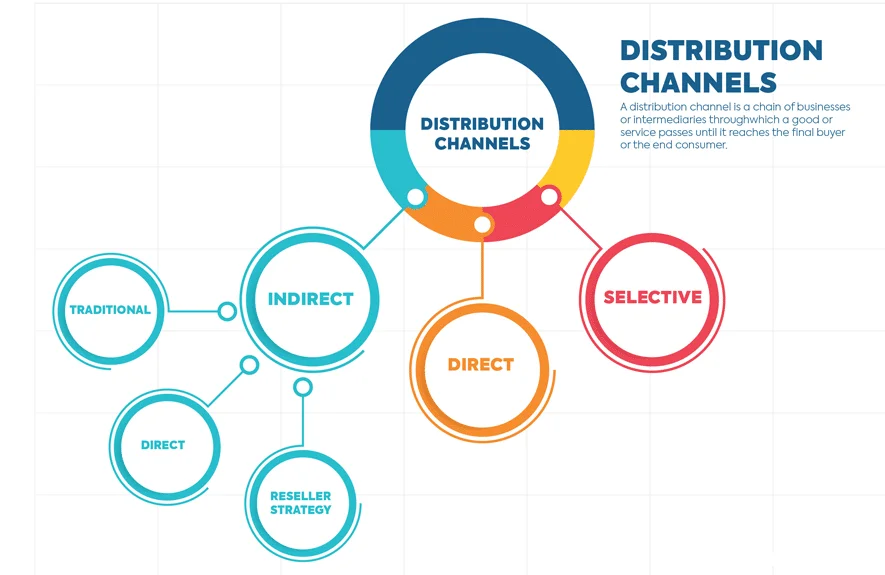
- Product
The product is either a tangible good or an intangible service that seems to meet a specific customer’s need or demand. All products follow a logical product life cycle and marketers need to understand and plan for the various stages and their unique challenges. It is key to understand those problems that the product is attempting to solve. The benefits offered by the product and all its features need to be understood and the unique selling proposition of the product needs to be studied. In addition, the potential buyers of the product need to be identified and understood. - Price
Price covers the actual amount the end-user is expected to pay for a product. How a product is priced will directly affect how it sells. This is linked to what the perceived value of the product is to the customer rather than an objective casting of the product on offer. If a product is priced higher or lower than its perceived value, then it will not sell. This is why it is imperative to understand how a customer sees what you selling. If there is a positive customer value then a product may be successfully priced higher than its objective monetary value in the eyes of the consumer, then it may need to be underpriced to sell. Price may also be affected by distribution plans value chain costs and mark-ups and how competitors price a rival product. - Promotion
The marketing communication strategies and techniques all fall under the promotion heading these may include advertising, sales promotion, special offers, and public relations. Whatever the channel used, it must be suitable for the product, the price, and the end-user it is being marketed to. It is important to differentiate between marketing and promotion. Promotion is just the communication aspect of the entire marketing function. - Place
Place or placement has to do with how the product will be provided to the customer. Distribution is a key element of placement. The placement strategy will help assess what channel is the most suited to a product. How a product is accused by the end-users also needs to complement the rest of the product strategy
INTRODUCTION
Hand sanitizer is a liquid, gel, or foam generally used to decrease infections agents on the hands. In most settings handwashing with soap and water is generally preferred. Hand sanitizer is less effective at killing certain kinds of germs such as norovirus and Clostridium difficult and unlike soap and water, it cannot remove harmful chemicals. People may incorrectly wipe off-hand sanitizer before it has dried and some are less effective because their alcohol concentrations are too low. In most healthcare settings alcohol-based hand sanitizer is preferable to handwashing with soap and water because it may be better tolerated and is more effective at reducing bacteria. Handwashing with soap and water however should be carried out if contamination can be seen, or following the use of the toilet. The general use of non-Alcohol-based hand sanitizer has no recommendations. Alcohol-based versions typically contain some combination of isopropyl alcohol, ethanol (ethyl, alcohol), or propanol with versions containing 60 % to 95% alcohol the most effective. Care should be taken as they are flammable. Alcohol-based hand sanitizer work against a wide variety of microorganisms but not spores. Compounds such as glycerol may be added to prevent drying of the skin some versions contain fragrances; however, these are discouraged due to the risk of allergic reactions. Non-alcohol-based versions typically contain benzalkonium chloride or triclosan but are less effective than alcohol-based ones alcohol has been used as an antiseptic for at least or Carly as 1363 with evidence to support its use becoming available in the late 1800s. alcohol-based hand sanitizer has been commonly used in Europe since at least the 1980s.
IMPORTANCE OF HAND SANITIZER
Alcohol-based hand sanitizers help to deter the spread of germs and illness-causing bacteria, particularly in busy environments like schools and offices
- Stop The Spread Of Germs
According to studies, 1 in 5 people don’t regularly wash their hands those who do, 70% don’t use soap. Providing hand sanitizer in key areas (including bathrooms and kitchens) makes it more likely that people will use it to kill harmful bacteria. - PROMOTE GOOD HYGIENE AND HEALTH
A healthy building is a productive one. One study in the America Journal of infection control (AJIC) found that encouraging the use of hand sanitizers in schools reduced absenteeism by almost 20% - Reduce Waste
As an extra precaution, many people will use paper towels to open doors when leaving bathrooms or kitchens placing hand sanitizers near exits makes it easy for people to defend themselves from germs without needing to create an additional mess.
PROS AND CONS OF HAND SANITIZER
BENEFITS
- Hand sanitizers are convenient, portal easy to use, and not time-consuming
- Several studies have concluded that the risk of spreading gastrointestinal (stomach) is respiratory infection is decreased among families who use hand sanitizers.
- Commercially prepared hand sanitizers contain ingredients that help prevent skin dryness using these products can result in less skin dryness and irritation than hand washing.
- Studies show that adding hand sanitizers to classrooms can reduce student absenteeism due to illness by 20 percent. What’s more, many kids think instant hand sanitizers are fun to
LIMITATIONS
- Not all hands sanitizers are created equally. Check the bottom for active ingredients. The alcohol content may be in the form of ethyl alcohol, ethanol, or isopropanol. All of those are acceptable forms of alcohol. Be certain that no matter which type of alcohol is listed its concentration is between 60 and 95 percent. The alcohol content of less than 60 % isn’t enough to be effective.
- Alcohol does not cut through grime. All dirt, blood, and soil must be wiped or washed away first if the alcohol in the sanitisers is to be effective. In such cases, hand washing with soap and water is advised.
- Hand sanitisers are not cleaning agents and are not meant as a replacement for soap and water but as a complementary habit sanitiser are most effective when used in conjunction with diligent hand washing
THE RIGHT WAY OF USING IT
You must use hand sanitiser properly to ensure it does the job it’s meant to do get rid of germs before they can spread
Don’t use hand sanitiser if your hands are dirty
Hand sanitisers are not meant to clean your hands. They’re meant to disinfect residues like oil or dirt will prevent hand sanitisers from penetrating down to your skin.
Use the right Amount
When it comes to hand sanitiser, less doesn’t mean more. You need to apply enough to thoroughly coat every part of your hands. Don’t forget about the back of them or your fingers!
Rub it in until your hands are dry
This way you can be sure that it’s come into contact with all the most important surfaces.
When combined with other preventative measures (like proper handwashing and touchpoint cleaning) using a hand sanitiser will help to keep you (and everyone in your building !) protected against the flu and other illness.
COMPETITORS OF MY PRODUCT
STERILLIUM
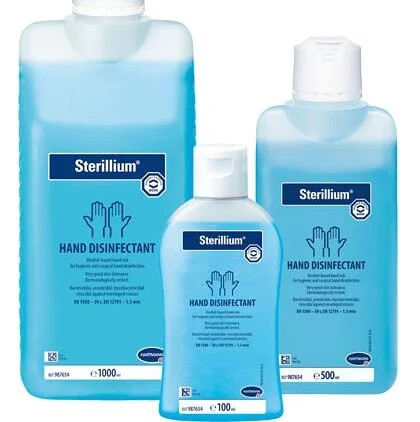
Sterillium hand sanitizers have exceptional skin tolerability and offer maximum safety against germs and viruses. The alcohol-based hand sanitizer is useful in surgical hand disinfection within 30 seconds trillium hand sanitisers are ready to use and one of the best when it comes to quality rub in hand disinfection. Due to their brilliant skin-friendly composition, trillium hand sanitisers are loved by millions.
Tagline
Imagine a touchable world
USP
The first-hand sanitiser is the brand most preferred by doctors, professionals, and consumers.
SAVLON
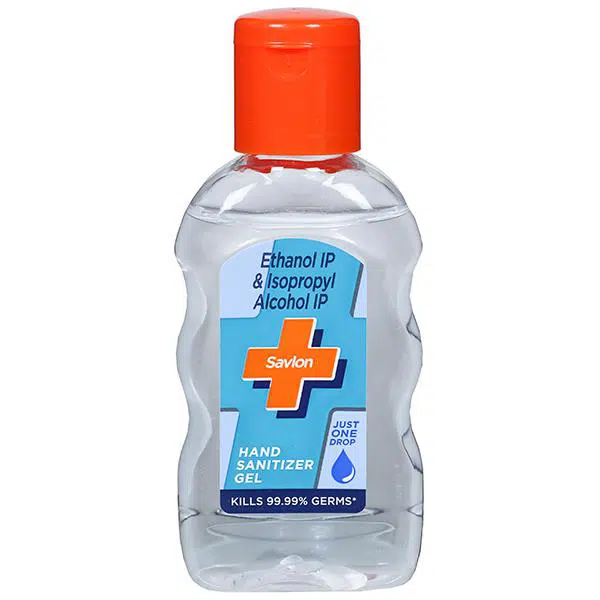
Savlon hand sanitizers, manufactured by ITC are powered by a new former capable of offering advanced protection against germs and enveloped as well as non enveloped viruses. The hand sanitiser is effective in killing bacteria and fungi. Savlon sanitizers are useful to all frontline workers and professionals in the healthcare domain. Their efficiency in ensuring hand sanitization makes them perfect for everyday use. Savlon sanitizers are available in a 500 ml pump pack and refill pack of 500 ml.
Tagline
Heals without hurting; make your house a safe house.
USP
Non-burning antiseptic liquid.
DETTOL
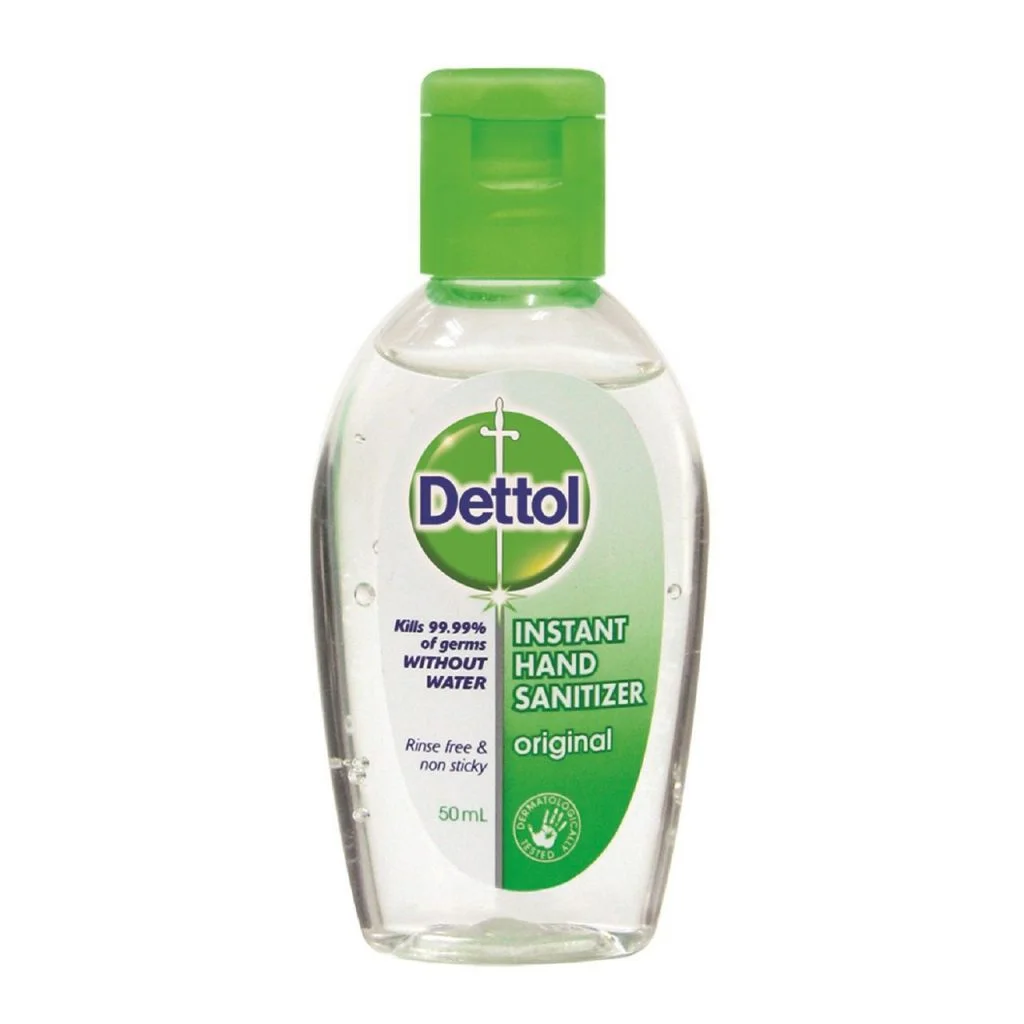
Dettol instant hand sanitizers kill 99.9 percent of germs and harmful bacteria without using water. Hand sanitisers from Dettol offer the best “on-the-go” protection and are widely popular thanks to their rinse-free and non-sticky nature. Dettol hand sanitisers are available in a pack of 25ml, 50ml, and 200ml.
Tagline
Be 100% sure
USP
Dettol is the first of its kind in the anti-bacterial segment.
LIFEBUOY
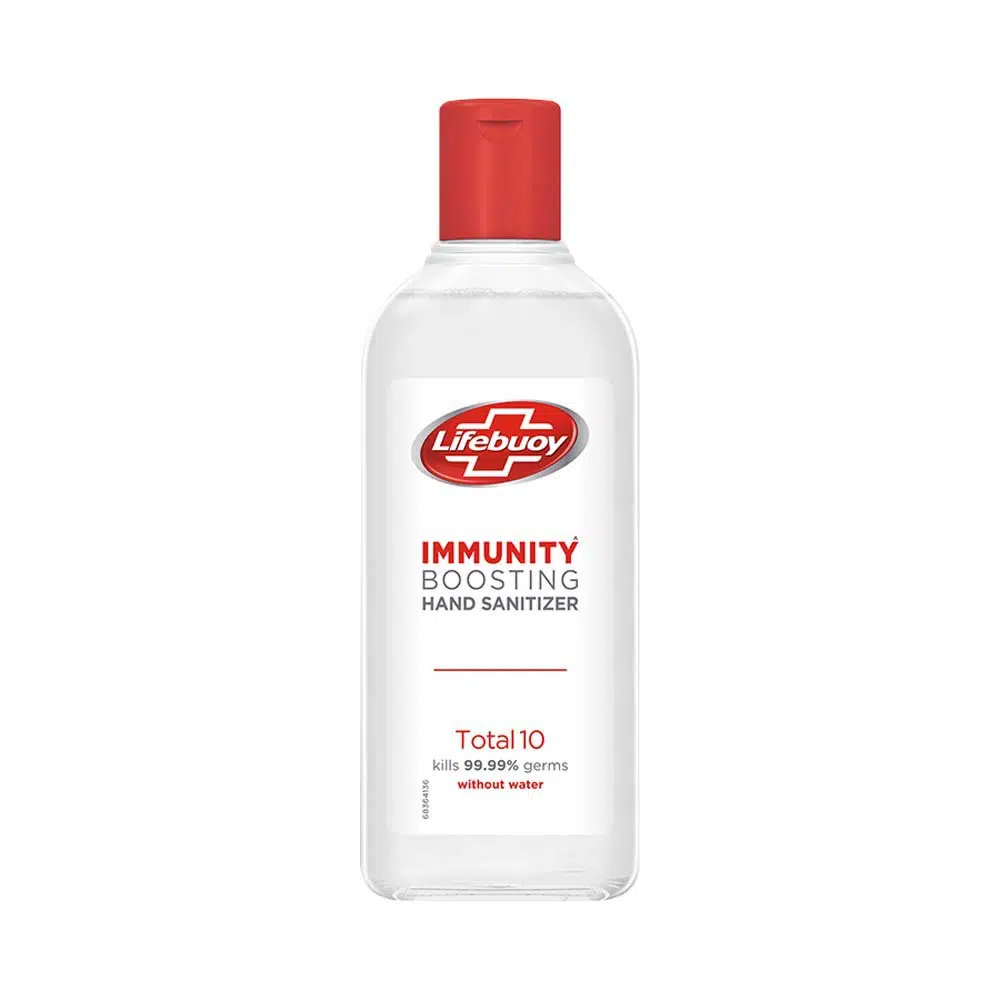
Lifebuoy hand sanitisers are enriched with skin-friendly moisturizers and vitamin E to ensure that your hands remain smooth and germ-free. Hand sanitisers from lifebuoy are available in gel form and offer protection against germs and viruses. These hand sanitisers are easy to carry and are widely used by office grocers and travellers alike.
Tagline
Healthy hoga Hindustan; lifebuoy hai jaha tandurusti hai waha.
USP
Lifebuoy provides 100% better protection from germs as compared to ordinary soaps.
GODREJ

Godrej protects hand sanitiser that is gel-based and gets rid of germs and viruses without using soap and water. This hand sanitiser has 60 percent alcohol content and it not only protects your hands from bacteria but leaves a long-lasting pleasant fragrance. Godrej protects hand sanitiser is enriched with glycerin to offer skin-friendly germ protection for you and your family.
Tagline
Kya aapke sabun hai great 1; khubsoorti ko aur kya chahiye
USP
Best quality at an affordable price
MY PRODUCT
NAME
Disinfect hand sanitiser
TAGLINE
Your hygiene partner!
USP
Disinfect hand sanitizer is designed herbally with natural products fighting off germs and the COVID-19 virus.
Disinfect
Hand sanitiser
YOUR HYGIENE PARTNER…
LOGO
Disinfect
Hand sanitiser
Kills 99.99% bacteria PRODUCT
Available in 5 flavors LABEL
Drop of hygiene
70% Alcohol
WHY SANITIZER?
Panic buying over the coronavirus pandemic has led to a variety of household products flying off the shelves at your local grocery store.
That includes staples, like bread and toilet paper as well as one product that’s only been commercially available for a few decades but which many people now view as a necessity: hand sanitiser purchases of the disinfecting gel have skyrocketed in the U.S. ever since the first case of COVID-19 hit the country. During the last week of February, a period that saw the first American death from COVID-19 hand sanitiser sales in the U.S. were up by 300% compared to the same week a year earlier according to market research from Nielsen. The following week the first week of march hand sanitiser sales shot up by 470% compared to the same week a year earlier, Nielsen tells CNBC to make it. That’s is an industry they already see more than $200 million in annual sales of hand sanitiser products in the U.S, according to Nielsen.
Supermarkets and pharmacies across the country have sold out of hand sanitiser leaving only empty shelves where disinfectant products would normally be found.
PACKAGING

Packaging refers to the act of designing and producing the container or wrapper of a product. Levels of packaging. It plays a very significant role in the marketing success or failure of many products, especially non-durable consumer products.
Types Of Packaging
- Primary Package
It refers to the product & immediate containers. In some cases, the primary package is kept till the consumer is ready to use the product. - Secondary Packaging
It is the additional packing given to a product to protect it such packing is retained till the consumer wants to start using the product. - Transportation Packaging
It refers to packages essential for storing identifying or transporting, for example, the use of corrugated boxes, wooden crates, etc.
LABELING
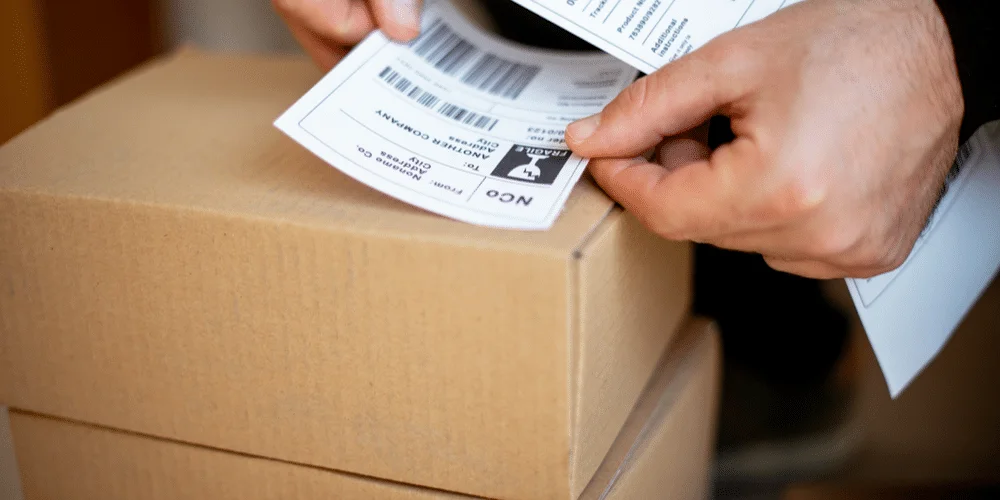
The display of information about a product on its container, packaging, or the product itself is known as labeling. For several types of consumer and industrial products, the type and extended information that must be impacted by a label are governed by the relevant safety and shipping laws.
Six qualities of a label design
- The right material
- Colors that POP
- Great Graphics
- Readable, eye-catching fonts
- Supershape
- Fabulous finish
CHANNELS OF DISTRIBUTION
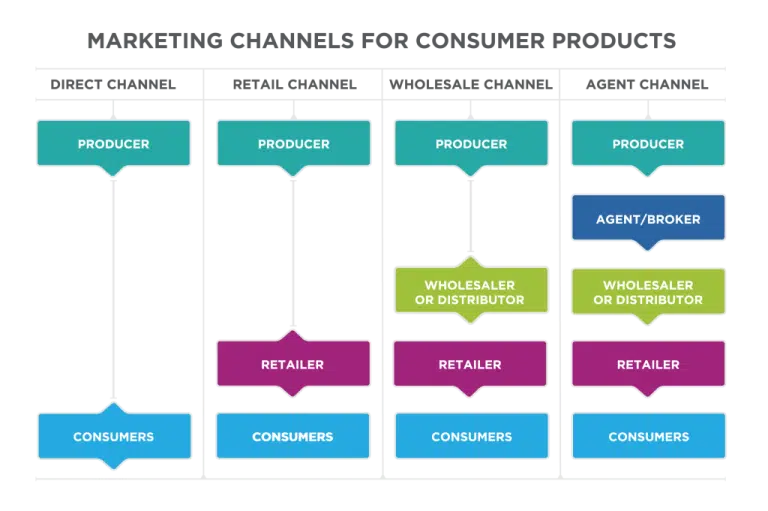
The distribution channel is a chain of business or intermediaries through which a good or service passes until it reaches the end consumers. It can include wholesalers, retailers, distribution, and even the internet itself. Channels are broken into direct and indirect forms, with a “direct” channel allowing the consumer to buy the good from a wholesaler or retailer.
The first channel is the longest in that it includes all four, from producer to the consumer the wine and adult beverage industry is a perfect example of this long distribution channel. It operates in what is known as the three-tier system meaning the winery is required by law to first sell its product to a wholesaler, who then sells to a retailer the retailer, in turn, sells that product to the end consumer the second channel is one where the producer sells directly to a retailer who then sells the producer’s product to the end consumer. This means the second channel contains only one intermediary.
The third and final channel is direct to consumer model where the producer sells its product directly to the end consumer.
WAREHOUSING

Warehousing is a key component of the overall business supply chain. The supply chain consists of the facilities and distribution options for the procurement of materials from the manufacturer to the customer and all points in between it including the production of materials into components and finished products and then the distribution to customers.
The economic benefits of consolidation and break-bulk are to reduce transportation costs by using warehouse capability to increase shipment economics of scale. The storage housing would be a centralized system for our product. It would act as a master storage zone. There would be smaller storage houses as per the regions. This smaller storage house will directly report to the centralized storage house. The smaller storage house would be responsible for distributing to all the major whole sellers and retailers in the specific regions.
TRANSPORTATION
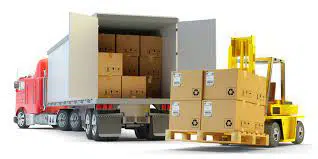
Weekly orders would be dispatched for local retailers and shop owners from the centralized distribution center while monthly stock would be updated at the centralized stock center. Depending upon the location quantity and availability, a mode of transportation would be selected.
SWOT ANALYSIS

SWOT analysis is an analysis framework used to evaluate a company’s competitive position. It’s a tool that identifies the strength, weaknesses, opportunities & threats of a business.
Strength
They describe what an organization excels at & separates it from the competition. Things like a strong brand, loyal customer base, strong balance sheet, unique technology, and so on.
Weaknesses
It stops an organization from performing at its optimum level. They are areas where the business needs to improve to remain competitive things as higher than industry average turnover, high level of debt, an inadequate supply chain, or lack of capital.
Opportunities
It refers to favorable external factors that an organization can use to give it competitive advantages.
Threats
It refers to factors that have the potential to harm an organization
BRANDING
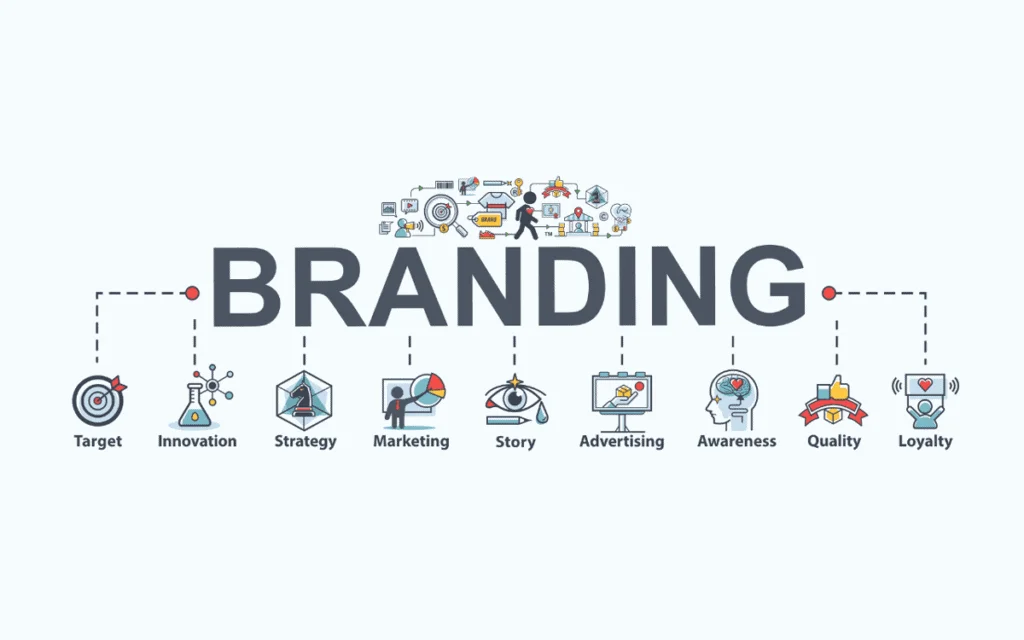
The process involved creating a unique name and image of a product in the consumer’s mind, mainly through advertising campaigns with a consistent theme. It aims to establish a significant and differentiated presence in the market that attracts and retains loyal customers.
- Branding promotes recognition
- A brand sets us apart from the competition
- Branding sets expectations
- A strong brand adds value
GRADING
Grading is the process of sorting individual units of a product into well-defined classes or grades of quality. The goods are graded or sorted out into different lots by the specified standards. The established standard lays down the grades of the product. In the case of manufactured goods, goods can be of uniform quality. But agricultural products like fruits and vegetables, etc, vary in quality, therefore, classes or grades of quality are set and different units of the product are stored into the established standard grades thus, grading involves the division of products into classes made up of units possessing similar characteristics of size and quality and standardization refers to the process of setting up basic measures or standards to which the product must conform and taking steps to ensure that the good produced adhere to these standards.
PERMISSION & LICENSES
As sanitizer falls within the definition of “Drugs” under the Drugs and Cosmetic Act, 1940 the license to sell, manufacture, distribute the same had to be obtained from the licensing authority as prescribed by the Government under the Drugs and cosmetic rules 1945 (hereinafter referred to as 1945 rules).
The application for the sale/stock/exhibit or offer for sale has to be made in the prescribed relevant form as provided under the 1945 rules. The license has to submit the required details has to follow the conditions attached with the license. The application for manufacturing has to be submitted under the prescribed form under the 1945 rules along with the required documentation including but not limited to the plan of premises.
As stated above the license would further have to abide by the conditions attached to the license. For those entrepreneurs, who are not have manufactured the drug for sale. In this regard, they would have to provide a consent letter from the premises where such manufacturing is being carried out.
PROMOTIONAL SCHEMES
- Buy 1 Get 1 free offer.
- Free masks with 150ML bottle of sanitizer.
- A supersaver pack of 1L.
- Gift coupons and value points for discounts
- Young celebrity endorsement
- Free sample of 10mL for initial promotion.
- Freehand washes with 500ML sanitizer.
CONCLUSION
From this marketing research, I have understood the importance of marketing mix. I have learned to take the decisions regarding the 4PS of making the following things too
- Gathering information and analyzing the market
- How to design a product
- Branding, labeling, and packaging of the product
- Pricing of product
- Marketing and promotion of a product, etc.
CERTIFICATE
This is to certify that class —of—-school, has completed his project under my school supervision. He has taken proper care and shown utmost sincerity in the completion of this project. I certify that this project is up to my expectations and as per the guidelines issued by CBSE.
Teacher’s Signature
Examiner’s Signature
ACKNOWLEDGEMENT
I would like to express my special thanks of gratitude to my teacher—well as our principal who gave me the golden opportunity to do this wonderful project on the topic of Marketing Management which also helped me in doing a lot of research and I came to know about so many new things. I am thankful to them. Secondly, I would also like to thank my parents and friends who helped me a lot in finalizing this project within the limited time frame.
BIBLIOGRAPHY
- INTERNET
- https://www.cnbc.com/2020/03/27/coronavirus-the-history-of-hand-sanitizer-and-why-its-important.html
- https://www.google.com/search?sxrf=AleKk01scEDWNK-Abkh0tWz6DyAKeoyuA%3A1604683138731&wi=gowix5-dLIL49QOMtrTWBA&q=introductin+sanitizer+&gs-lep=cgZwc3ktYW
- Teachers
- Friends and family
- Books and CBSE guidelines
DOWNLOAD PDF OF THE PROJECT

Password: hscprojects.com
In order to download the PDF, You must follow on Youtube. Once done, Click on Submit
Follow On YoutubeSubscribed? Click on Confirm
Download Marketing Management of Hand Sanitizer PDF






